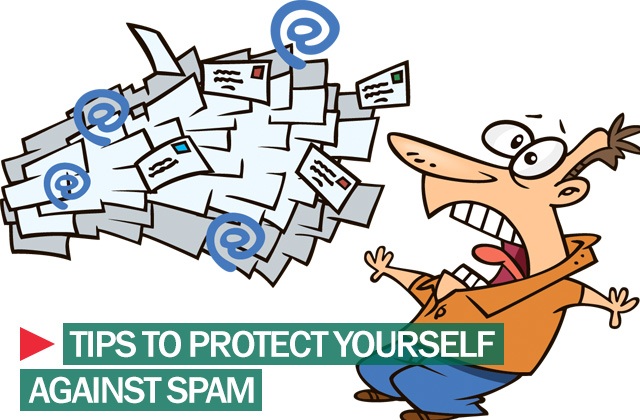Gone are the days that your inbox is stuffed with alarmingly bizarre emails advertising the latest diet supplements and unbelievable tricks to get the lowest mortgage rates possible. But the ever-escalating war between spam blockers and attackers is far from over — spammers are smarter than ever, which means you should be to. Use these five tips to avoid spam and keep your systems running as clean and smooth as possible.
- Practice Email Awareness. First, know that spam emails still very much exist. Be exceptionally suspicious of all emails from unknown senders, be highly wary of emails from friends that seem like solicitations and/or contain links and encourage you to click through, and never, ever reply to spammers that make it through your spam filters and into your inbox. And know very often, spam masquerades itself as having come from a legitimate source — like Facebook, your bank and other similarly seemingly reputable institutions.
- Social Media Security. Long ago, spam branched out to social media with bogus user profiles who propagated solicitous and harmful spam through posts and direct messages. A bigger threat now is the use of shortened links (like bit.ly) on Twitter and Facebook that pretend to lead one place, and instead send those who click through to these spam sites. And spammers have made their way onto Instagram now, with fake users sharing screengrabs of the sites they’re trying to push. As always, don’t click on suspicious links, but do take advantage of the spam reporting tools on Facebook, Twitter, Instagram and other social media to help root out the abusers of those platforms.
Take advantage of the spam reporting tools on Facebook, Twitter, Instagram and other social media to help root out the abusers of those platforms.
- Use Plugins. There are lots of plugins available for you to add to your web browser of choice that can help keep your privacy secure while reducing the amount of spam you will be exposed to as you surf the web. These include popular options for both Firefox and Chrome with functions that can mask your email address to potential spammers, can block spam ads and scripts from running on web pages you’re visiting, and can reduce or eliminate the cookies you leave behind as you browse the web — cookies that advertisers and spammers use to inundate you with messages you don’t want and that can be potentially harmful.
- System Updates. As always, keep your operating system and the software programs you run up to date. The latest versions of all of these platforms include the latest security patches to prevent your system from being infected should you slip up on any of the above steps and fall prey to spammers who may be trying to harm or hijack your system.
- Use Antivirus. And because no amount of preventive tactics will protect you completely, always download — and keep updated — a robust antivirus system like Kaspersky Anti-Virus 2013, which protects against the latest threats and identifies suspicious websites and phishing websites.
 email
email


 Tips
Tips